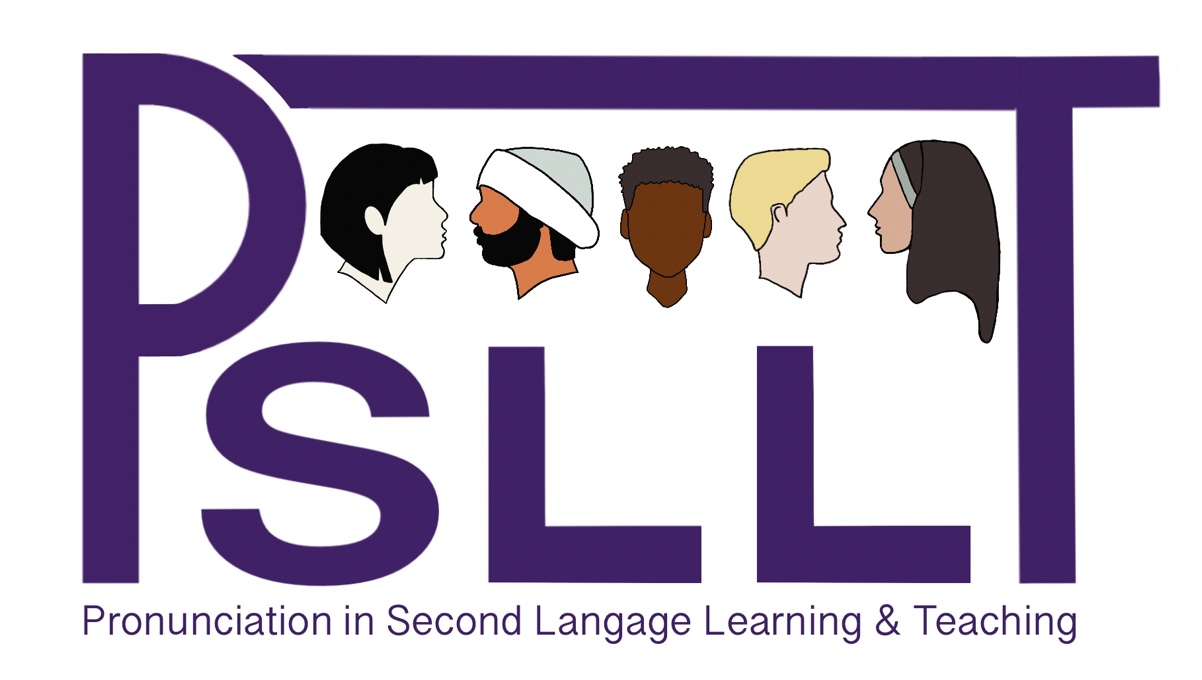“Was That a Question?†Perception of Utterance-Final Intonation Among L2 Learners of Spanish
- GermaÌn ZaÌrate-SaÌndez (Western Michigan University)
Abstract
This study examined the perception of final boundary tones among 55 English-speaking learners of Spanish at three proficiency levels and compared them with Spanish-English early bilinguals, Spanish monolinguals, and English monolinguals. Perception was tested using an imitation task, aimed at capturing categorical perception effects. The stimuli consisted of a resynthesized utterance where the final boundary tone was vertically displaced ten times in 10-Hz increments. Participants listened to and imitated each stimulus twice while being recorded. Each final boundary tone was manually marked and extracted for all utterances participants produced. A one-way ANOVA was run for each group. Significant differences in the perception of the ten stimuli were found in all groups. Post-hoc analyses showed that (1) no bimodal categorical perception emerged; (2) stimuli clustered from falling (declarative) to rising tones (questions); (3) overall, all participants perceived final boundary as Spanish monolinguals did; (4) a third pattern suggestive of a suspended tone emerged for bilingual speakers and learners with very high proficiency; and (5) very-high proficiency learners’ perception resembled that of bilingual speakers. Results confirm the robustness and perceptual salience of utterance- final pitch—which aids perception from early stages of acquisition—as well as a positive role for proficiency in the perception of the target form.
How to Cite:
ZaÌrate-SaÌndez, G., (2017) ““Was That a Question?†Perception of Utterance-Final Intonation Among L2 Learners of Spanish”, Pronunciation in Second Language Learning and Teaching Proceedings 9(1).
Downloads:
Download PDF
View PDF
